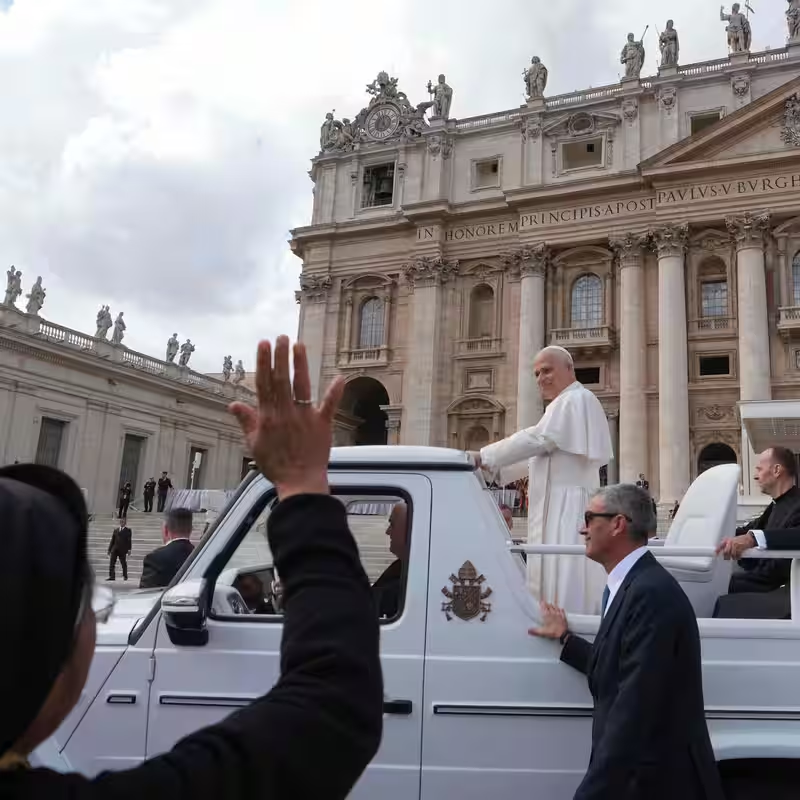Table of Contents
- A New Era for Traditional Catholics?
- Why the Latin Mass Matters
- From Benedict to Francis to Leo
- What Pope Leo’s Biography Reveals
- Global Reactions and What Comes Next
- Sources
A New Era for Traditional Catholics?
On Saturday, October 25, 2025, hundreds of traditionalist Roman Catholics filled St. Peter’s Basilica in Vatican City for a rare celebration of the traditional Latin Mass—conducted with the explicit permission of Pope Leo XIV. For many faithful, this moment signaled a potential shift in the Vatican’s stance on one of the Church’s oldest liturgies.
Under Pope Francis, the use of the Tridentine Mass—also known as the traditional Latin Mass—was sharply curtailed in 2021 over concerns it fostered division within the global Catholic community. Now, with Pope Leo at the helm, traditionalists are cautiously optimistic that a more inclusive approach may be on the horizon.
Why the Latin Mass Matters
For centuries, the Latin Mass was the standard form of worship in the Roman Catholic Church. Following the Second Vatican Council (1962–1965), the Church introduced reforms that replaced Latin with vernacular languages and simplified many rituals. While the modern Mass became the norm, a devoted minority continued to advocate for the return of the pre-Vatican II liturgy.
“It’s like eating caviar or eating beans,” said Luigi Casalini, a participant at Saturday’s Mass, drawing a vivid contrast between the solemn grandeur of the Latin rite and the more accessible modern form.
From Benedict to Francis to Leo
The trajectory of the Latin Mass in recent decades reflects broader tensions within the Church:
| Pope | Stance on Latin Mass | Key Action |
|---|---|---|
| Benedict XVI | Permissive | 2007: Allowed wider use via Summorum Pontificum |
| Francis | Restrictive | 2021: Imposed strict limits via Traditionis Custodes |
| Leo XIV | Unclear—but open | 2025: Permitted Latin Mass in St. Peter’s Basilica |
Pope Leo has not yet issued any formal decree on the matter, but his decision to allow the Mass in the heart of Catholicism speaks volumes to observers.
What Pope Leo’s Biography Reveals
A Spanish-language biography of Pope Leo, published in September 2025, offers further clues. In it, Leo describes the controversy surrounding the Latin Mass as “very unfortunate” and expresses a willingness to engage in dialogue. His emphasis on “unity and reconciliation” suggests he may seek a middle path—one that respects tradition without deepening ecclesial divides.
Global Reactions and What Comes Next
Traditionalist communities in the U.S., France, Poland, and parts of Latin America have welcomed the St. Peter’s event as a hopeful sign. Yet Vatican watchers caution against reading too much into a single gesture.
“Permission for one Mass does not equal policy change,” noted Vatican analyst Maria Grazia Di Carlo. “But it opens the door to conversation—and that’s significant.”
With over 1.4 billion Catholics worldwide, even a small shift in liturgical policy could have ripple effects across dioceses, seminaries, and parish life.




